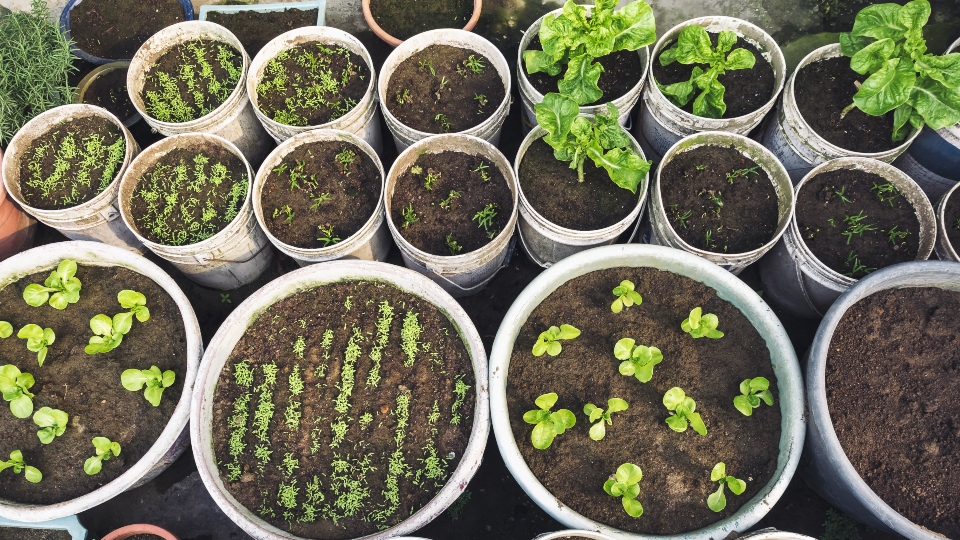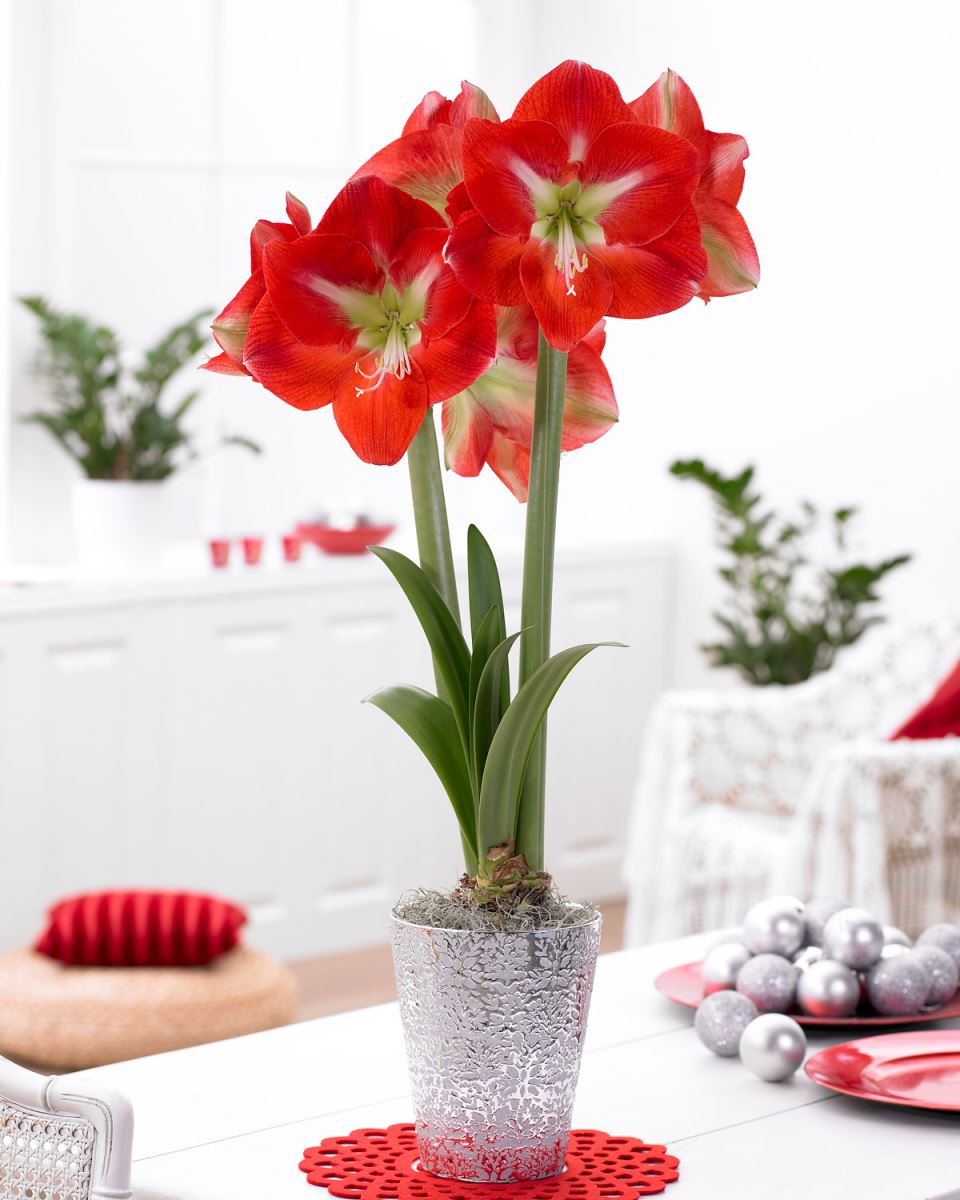Container Gardening for Beginners

When you want to garden, but do not have the time or space for a full plot of veggies or flowers, container gardening is the next best thing! Plants are more manageable in containers, and you have more control over soil conditions, amount of sunlight, and how you treat them for pests and disease. Read on to learn more about this simple gardening method:
Vegetables
-
The larger the container, the better, when it comes to growing veggies. Purchasing pots is always an option but save money and use large buckets! Drain holes are easy to add with a drill and large bit, just make sure you have plenty of drainage.
-
Grow bags are becoming quite popular and are great for growing veggie plants, and even berry shrubs! They offer many benefits over plastic and even clay containers but will cost more initially. Some even have “windows” for watching root vegetables grow, something that will be fun for the kids to watch!
-
For soil, plain container mix is best; added fertilizers are not necessary, especially if you plan on using organic matter. Find a garden center that sells soil in bulk, purchased by the cubic yard, which will save money. Vegetables need at least six hours of full sun, and containers will be easier to move to a sunnier spot if they are not getting the needed amount.
-
If you have the right sized container, you can grow practically any vegetable. Check out this list from Farmer’s Almanac for a list of what will grow best in different sized containers.
Flowers
-
Flowering annuals and bulbs have different needs when it comes to sunlight. This means that you can have pots of flowers practically anywhere you want them!
-
Because flowering plants are solely for decoration, think outside the box when it comes to what to use. All you need are holes for drainage and almost anything can be a flowerpot.
-
Planting a mix of different plants in one pot makes for a lot of interest, just be sure you are not mixing flowers that require different amounts of light or moisture.
-
Think vertical as well--plant bags can be filled with flowers, and once the roots have taken hold, they can be hung from a nail or hook on any flat vertical surface.
-
Hanging baskets are another common container, but do not just keep them on the porch! Hang them from sturdy tree branches, pergolas, or from wall-mounted plant hangers are just a few ideas.
The two major factors that mean success or failure in container gardening is moisture and nutrients. Be sure you are watering plants in the mornings, and maybe even twice per day when the weather is hot. Water-soluble fertilizer mixed in the potting mix is an easy way to keep you from worrying about your plants getting the nutrients they need or use a liquid fertilizer every few weeks. Plants and vegetables growing in containers can be just as rewarding as having them growing in the ground!
Courtesy of New Castle County DE Realtors Tucker Robbins and Carol Arnott Robbins.
Photo credit: WKBN
.jpg)







